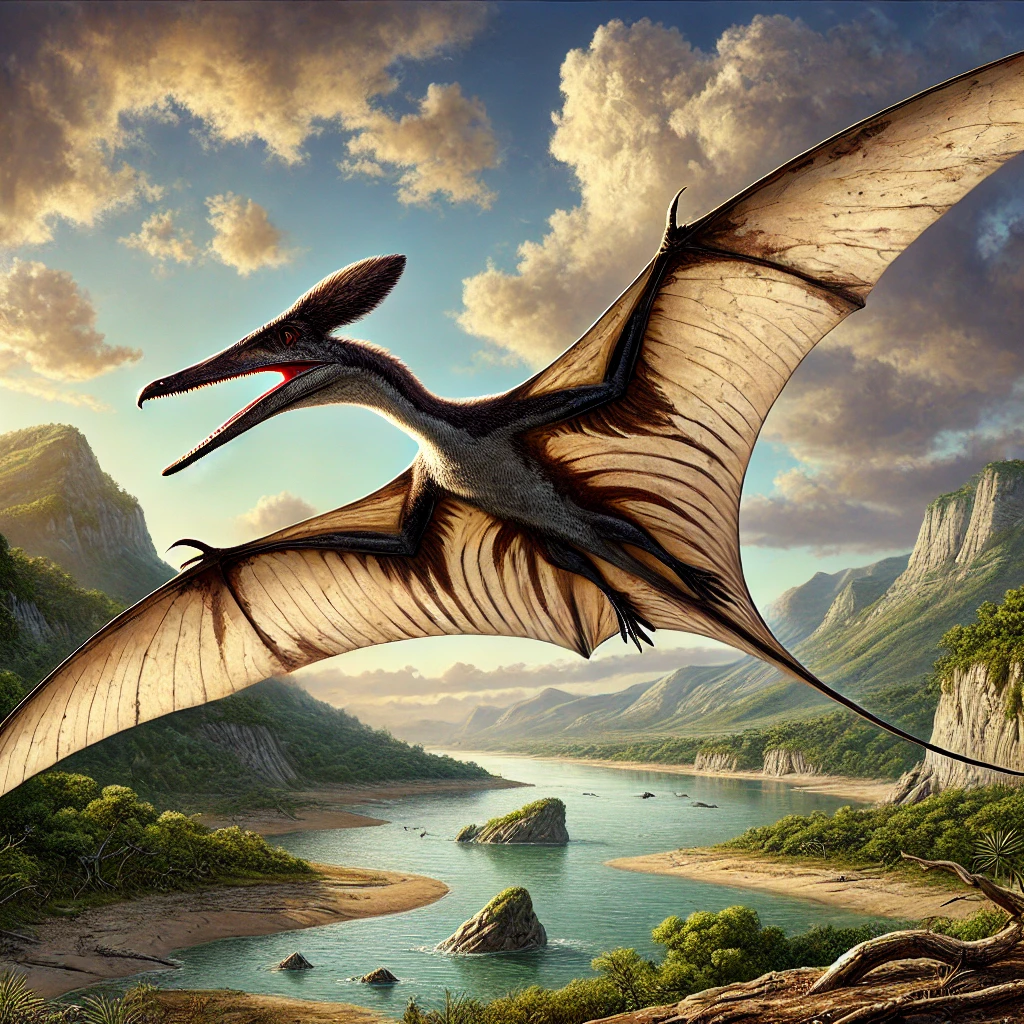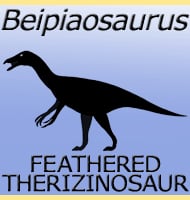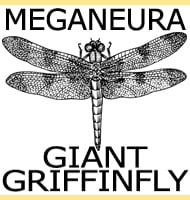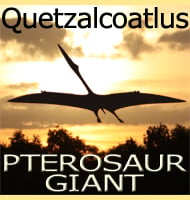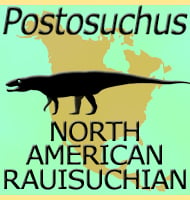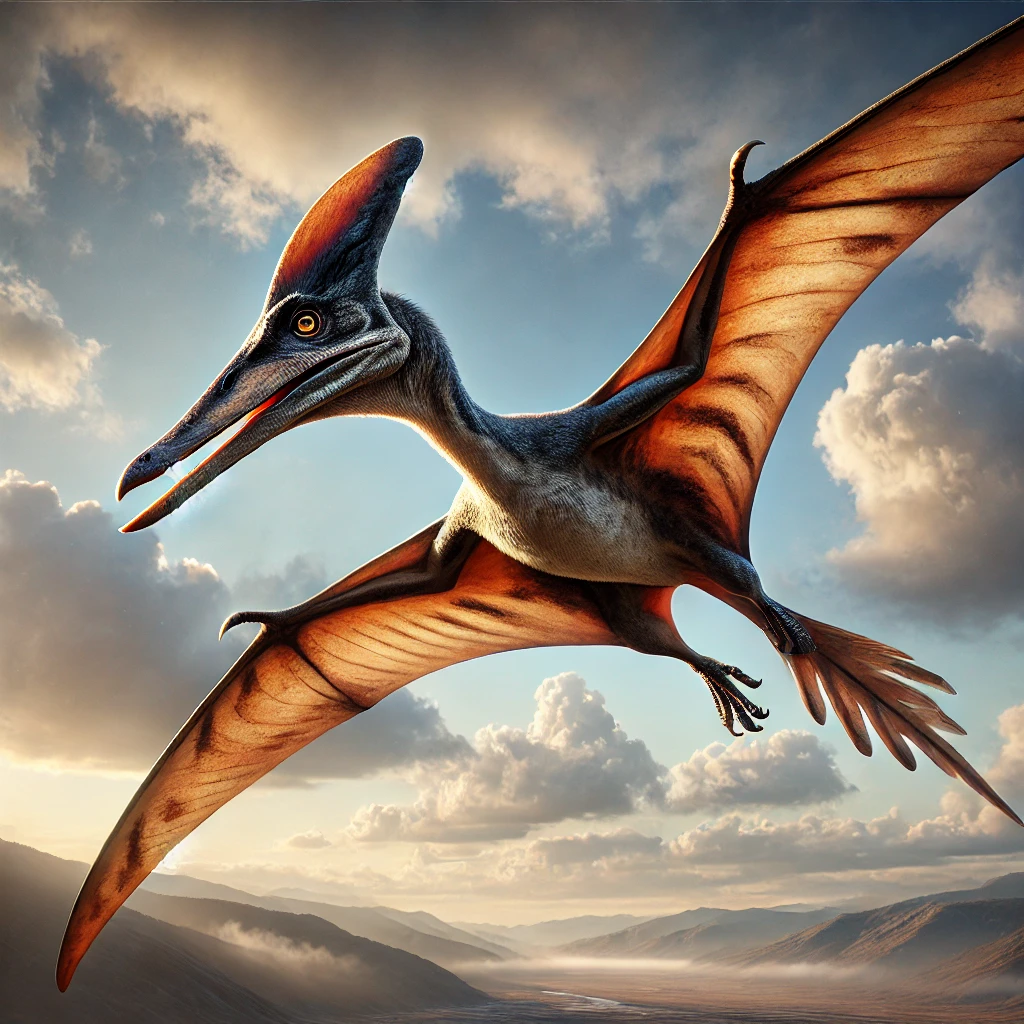
A giant Pterosaur fossil found on a Scottish island is rewriting history. This prehistoric flying reptile, named Dearc sgiathanach (pronounced jark ski-an-ach), was one of the largest of its time.
Scientists say Dearc had a wingspan of over 2.5 meters. That’s as wide as a small car! It lived 170 million year ago, soaring over ancient lagoons, hunting fish.
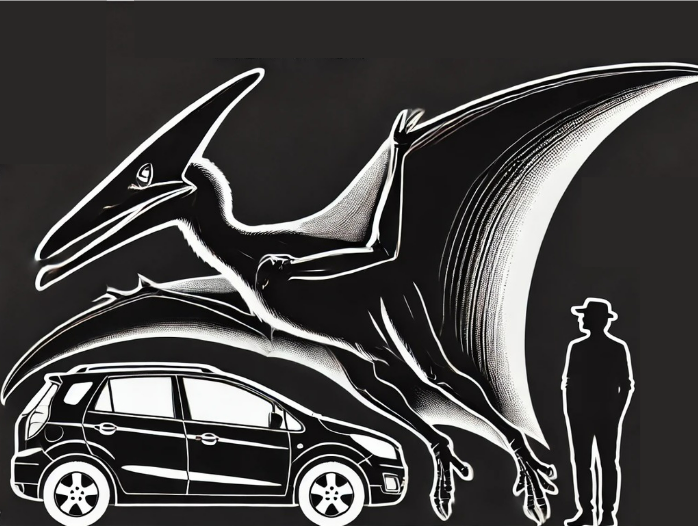
Pterosaurs were the first animals, other than insects, to master flight. But fossils from the Jurassic period are rare. This discovery helps scientists understand how these creatures evolved.
The fossil was found on the Isle of Skye by a team of researchers. It was so well-preserved that even the shape of its brain could be studied.
Unlike later Pterosaurs, Dearc still had a long tail. It also had powerful jaw muscles and sharp teeth, making it a fierce predator.
One surprising find was its unique flight style. It had strong wing muscles, suggesting it was an active flyer, not just a glider.
The fossil also shows Dearc was still growing when it died. If it had lived longer, it could have been even bigger.
Before this, scientists thought Jurassic Pterosaurs were small. Dearc proves that large species existed much earlier than believed.
Dr. Natalia Jagielska, who led the study, called it “a once-in-a-lifetime discovery.” The fossil is the best-preserved Jurassic Pterosaur ever found.
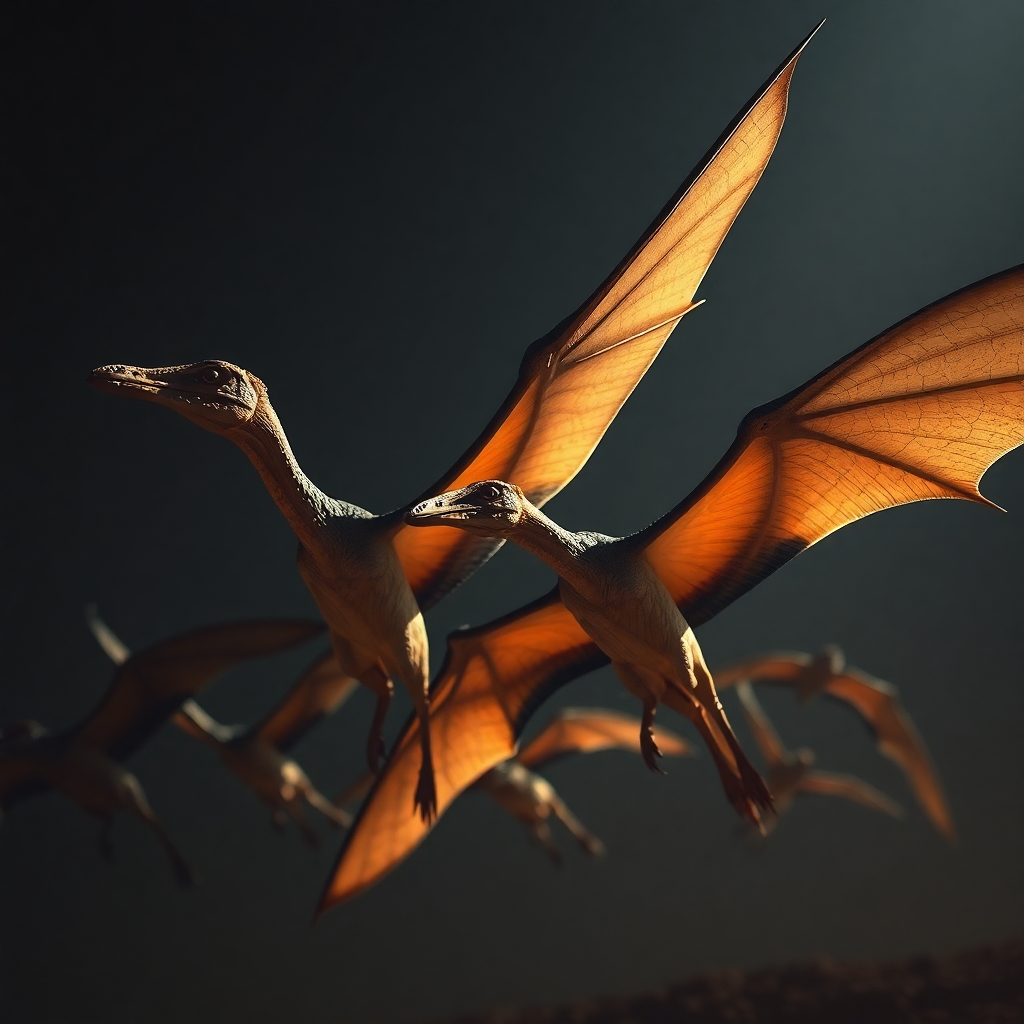
This discovery places Scotland on the map for major prehistoric finds. Other Pterosaurs have since been found on Skye, showing it was once a hotspot for flying reptiles.
Scientists are now studying the details of Dearc’s anatomy. They believe it holds clues about how Pterosaurs adapted to different environments.
New CT scans of its bones reveal muscle attachments and flight adaptations never seen before. This could change what we know about early Pterosaur evolution.
More discoveries like Dearc may be waiting beneath Scotland’s rocky shores. Paleontologists hope to uncover more fossils that tell the story of Earth’s ancient skies.
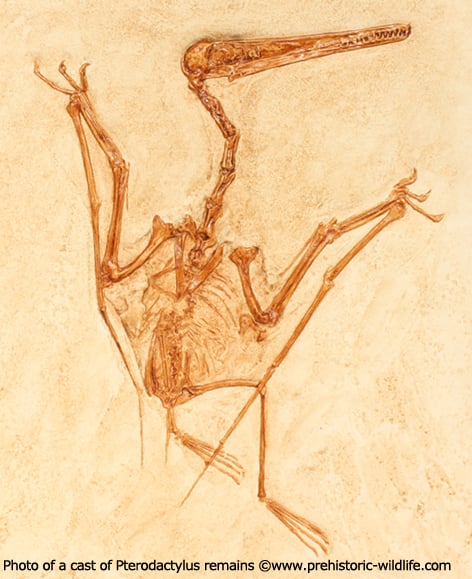
For now, Dearc sgiathanach remains one of the most exciting finds of the decade, offering a rare glimpse into the life of a Jurassic giant.
for more details see this study from BMC Ecology and Evolution
Don’t miss to read the Top 10 list of Pterosaurs ,these creatures are more interesting when you read them in depth .
